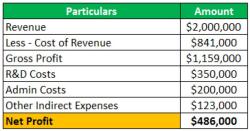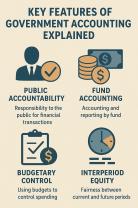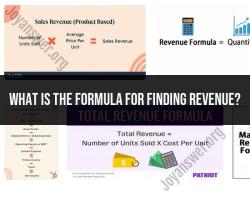What is the current interest rate for home loans?
As of June 2024, current home loan interest rates for various types of mortgages are as follows:
- 30-year fixed-rate mortgage: Approximately 6.83% APR (NerdWallet: Finance smarter) (NerdWallet: Finance smarter).
- 15-year fixed-rate mortgage: Approximately 6.11% APR (NerdWallet: Finance smarter).
- 5-year adjustable-rate mortgage (ARM): Around 7.69% APR (NerdWallet: Finance smarter).
These rates can vary based on factors such as credit score, down payment amount, loan term, and the type of property being financed. It's advisable to shop around and get quotes from multiple lenders to find the best rate for your situation. Additionally, economic factors and market conditions can influence rate changes frequently.
For the most accurate and personalized rates, consider using online comparison tools or contacting lenders directly (LendingTree) (NerdWallet: Finance smarter).
Here's a breakdown of the factors influencing home loan interest rates, how lenders determine your individual rate, and strategies to get a favorable rate:
Factors Influencing Current Rates:
- Market Conditions:
- Inflation: High inflation can lead to higher interest rates as lenders try to protect their returns.
- Economic Growth: During economic booms, borrowing increases, often pushing rates up.
- Federal Reserve Policy: The Fed's monetary policy, particularly the Fed Funds Rate, influences mortgage rates.
- Bond Market Yields: The yield on Treasury bonds is a benchmark for mortgage rates. Higher yields often mean higher mortgage rates.
- Market Conditions:
Individual Interest Rate Determination:
- Credit Score: A higher credit score signifies lower risk to lenders and qualifies you for better rates.
- Loan-to-Value (LTV) Ratio: A lower LTV (ratio of loan amount to property value) shows a smaller loan compared to the home's value, reducing risk for lenders and potentially lowering your rate.
- Debt-to-Income (DTI) Ratio: A lower DTI (ratio of monthly debt payments to gross monthly income) indicates better financial health and can lead to a more favorable rate.
- Loan Type: Fixed-rate loans typically have higher rates than adjustable-rate mortgages (ARMs) with initial fixed periods.
- Down Payment: A larger down payment reduces the loan amount and risk for the lender, potentially qualifying you for a lower rate.
Strategies for Favorable Rates:
- Improve Credit Score: This is the most significant factor. Aim for a score above 740 for better rates.
- Increase Down Payment: A higher down payment lowers your LTV and strengthens your application.
- Reduce Debt-to-Income Ratio: Pay off existing debt to improve your DTI ratio.
- Shop Around: Compare rates from multiple lenders to find the best deal.
- Consider Loan Points: Paying upfront points can lower your interest rate over the loan term.
Remember, a strong financial profile with a high credit score, low DTI, and sizable down payment goes a long way in securing a favorable home loan interest rate.











